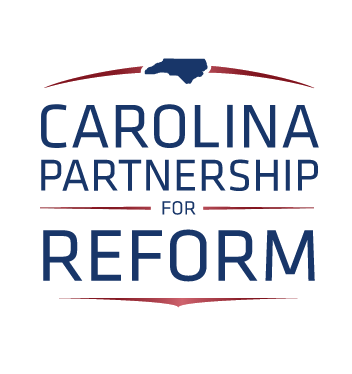The Reform Decade.
The Success of the Reform Majority.
In 2011, the new Reform Majority assumed leadership of the General Assembly for the first time in more than a century with a bold new vision to turn around financial and economic crises. Their goal?
Reduce the tax burden on businesses and families.
Strengthen our business climate to empower the private sector to create new jobs and drive down unemployment.
Stop spending and borrowing beyond our means, and pay back our debt to the federal government.
Prioritize spending on public education and infrastructure, and invest in the Rainy Day Fund to be well-prepared for recessions, natural disasters, or any crisis.
Put students first in our public schools, increase school choice options, and dramatically raise teacher pay.
Tackle the affordability of college to give people the freedom to pursue their dreams.
What happened next is a story of determination and discipline. The reform majority changed the direction of state government while constantly under fire from negative attacks from the traditional media and anti-reform groups. Here is the story:






